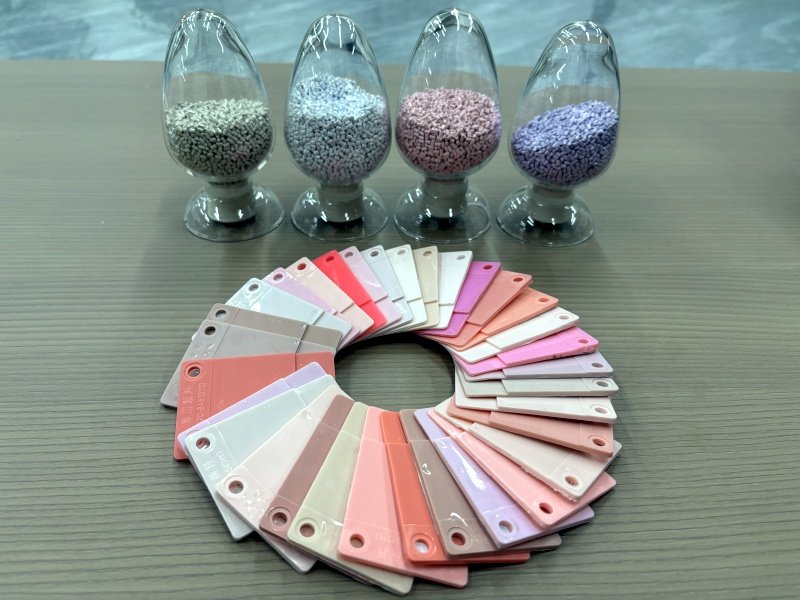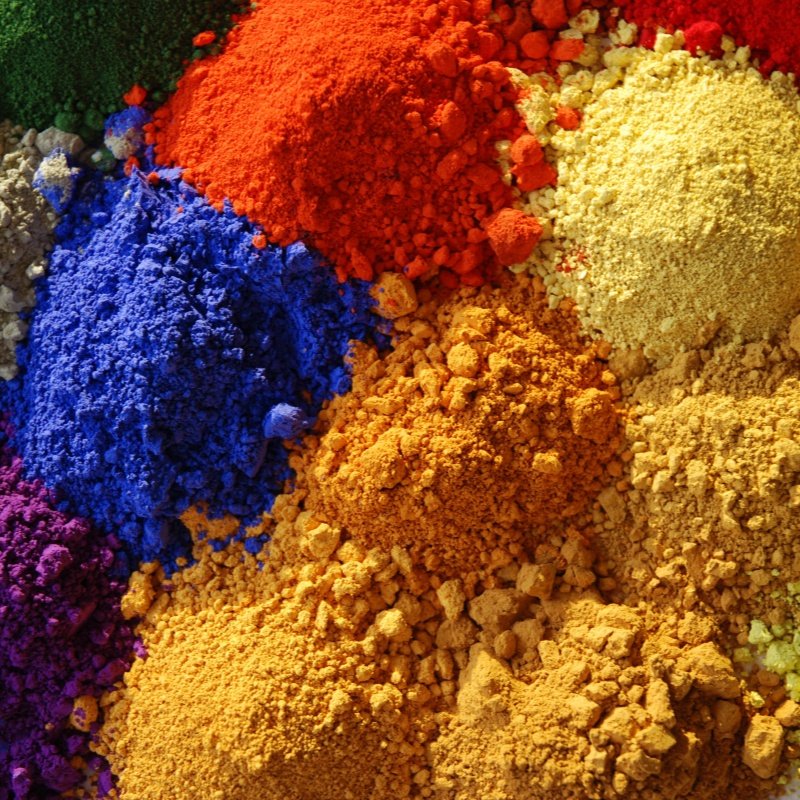In the competitive world of materials science, maintaining consistent quality in laser marking additives and masterbatches is crucial for industries like automotive, electronics, and packaging.
At DOME Materials, we prioritize a holistic strategy to ensure product stability, drawing from industry standards and our extensive quality control expertise. This closed-loop management system spans raw material sourcing, production processes, testing frameworks, and supply chain oversight.
By implementing rigorous controls, we minimize variations and deliver reliable products that meet stringent client demands. In this blog, we’ll explore how DOME Materials achieves unwavering quality stability in laser marking additives and color masterbatches.
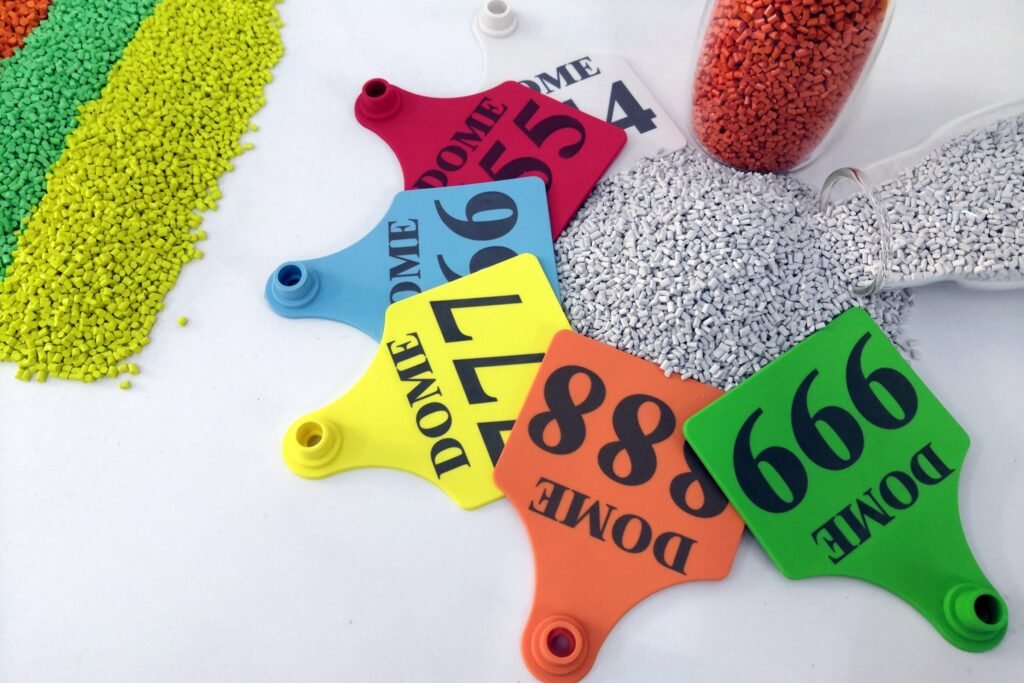
Source Control: Establishing a Robust Raw Materials Entry and Management System
The foundation of quality begins at the source. Raw materials’ purity and stability directly impact the final product’s performance, so DOME Materials enforces strict controls across screening, verification, and storage.
- Supplier Qualification and Tiered Management: We set high standards for suppliers, including production credentials, environmental certifications, and historical quality records. Preference is given to partners with over three years of stable supply and third-party testing capabilities. New suppliers undergo a three-tier review: sample trials, small-batch validation, and full-scale assessment. For instance, core components in laser additives—like laser absorbers and dispersants—require purity reports via HPLC analysis, while pigments in masterbatches are tested for migration and heat resistance per standards like GB/T 13452.4.
- Batch Testing and Traceability: Every incoming batch is lab-tested for key metrics before storage. Laser additives are checked for particle size distribution and laser response sensitivity, ensuring uniform dispersion. Masterbatch raw materials undergo evaluations for pigment content and carrier resin melt index to avoid incompatibility with downstream substrates. Each batch receives a unique traceability code, logging supplier details, batch numbers, and test results for quick root-cause analysis if issues arise.
- Standardized Storage Conditions: Materials are stored categorically to prevent degradation. Hygroscopic resins like PA are sealed in controlled environments (20-25°C temperature, 40-60% humidity). Powders such as pigments and laser absorbers are shielded from sunlight and cross-contamination using dedicated shelving and handling tools.
This proactive source control reduces risks from subpar inputs, setting a solid base for consistent laser marking additives and masterbatch quality.
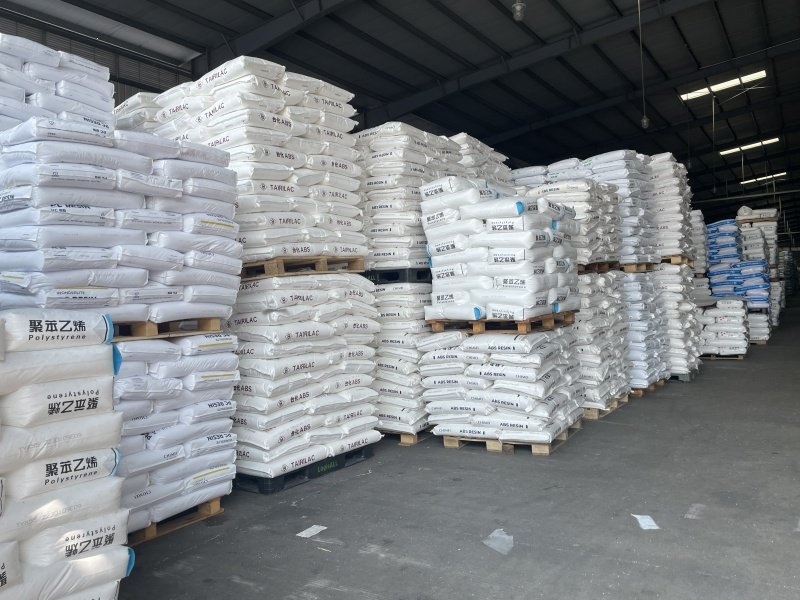
Process Control: Standardizing and Automating Production for Precision
Stability in manufacturing is key to uniform output. DOME Materials minimizes human error through standardized protocols, precise equipment, and ongoing monitoring.
- Process Parameter Standardization: For products like PP-based laser marking additives or food-contact masterbatches, we create dedicated Standard Operating Procedures (SOPs). These specify mixing speeds (800-1200 r/min in high-speed mixers), melt temperatures (180-220°C in twin-screw extruders, adjusted by resin type), and screw speeds (300-500 r/min). Changes require approval, and new formulations are validated via small-scale (500g), mid-scale (50kg), and production trials to maintain metrics like marking clarity and coloring strength (error ≤5%).
- Equipment Precision and Maintenance: Automation reduces variability—automatic metering systems achieve ±0.1% accuracy, while inline sensors monitor melt pressure and temperature, triggering alarms for deviations. Maintenance schedules include screw and barrel inspections after 500 tons of production, filter changes every 8 hours, and mixer cleanings every 30 days to prevent impurities or cross-contamination.
- In-Process Inspections and Sampling: Samples are drawn every hour or 200kg, testing semi-finished goods for particle size (D50 deviation ≤10% via laser granulometer) in additives and color difference (ΔE ≤1.0 per CIE LAB) in masterbatches. Anomalies prompt immediate halts, investigations (e.g., raw batch issues or temperature fluctuations), and re-verification before resuming.
By embedding these controls, we ensure production consistency, enhancing the reliability of our laser additives and color masterbatches.
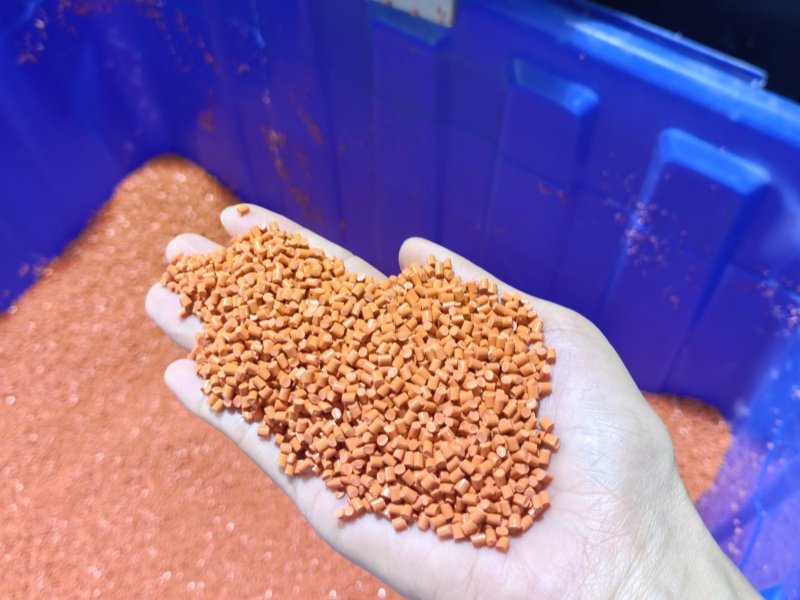
Finished Product Control: Comprehensive Testing and Batch Traceability
Final products must pass rigorous checks to guarantee compliance, with traceability enabling swift issue resolution.
- Full-Spectrum Testing and Release Standards: Each batch undergoes basic and application-specific evaluations. Laser additives are assessed for marking effects (clarity and contrast on specified substrates), dispersibility (microscopic checks for no agglomerates), and thermal stability (TGA showing 5% weight loss ≥250°C). Masterbatches are tested for coloring strength (error ≤3% vs. standards), heat resistance (ΔE ≤1.5 after 200°C baking for 1 hour), and heavy metals (e.g., Pb, Cd ≤1000ppm per RoHS). Only fully compliant batches receive a release report for warehousing and shipment.
- Batch Traceability and Sample Retention: Unique batch codes link finished goods to production details, raw materials, equipment, personnel, and tests for end-to-end tracking. Samples (500g per batch) are retained for ≥2 years, allowing re-testing on customer feedback to differentiate between product flaws, storage mishaps, or application errors.
This layer of control ensures every shipment of laser marking additives and masterbatches meets or exceeds expectations.
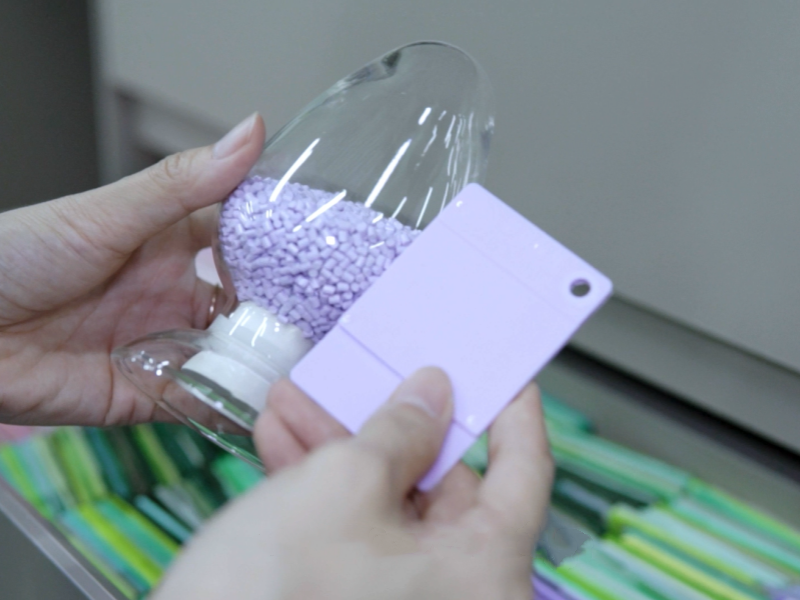
System Assurance: Building Compliant Quality Management and Continuous Improvement
Long-term stability requires institutional frameworks and iterative enhancements.
- Comprehensive Quality Management System: We adhere to ISO 9001, defining roles across departments (e.g., procurement for suppliers, production for processes, QA for testing). Internal audits occur every six months, with annual reviews to address gaps. Customer issues, like marking blurriness or color shifts, are logged in a PDCA cycle: analysis, correction, verification, and prevention.
- Personnel Training and Competency: Staff receive ongoing training on material identification, equipment handling, and testing protocols. Certifications for tools like colorimeters and granulometers are mandatory, with industry updates to stay current on standards like laser marking evaluations.
- Supply Chain Collaboration and Customer Feedback: Long-term supplier partnerships involve shared standards and regular third-party reports. Client follow-ups gather insights on product performance (e.g., additive compatibility with PP substrates or masterbatch stability in injection molding), driving optimizations like dispersant adjustments.
Through these measures, DOME Materials fosters a culture of excellence in masterbatch quality control and laser additive stability.
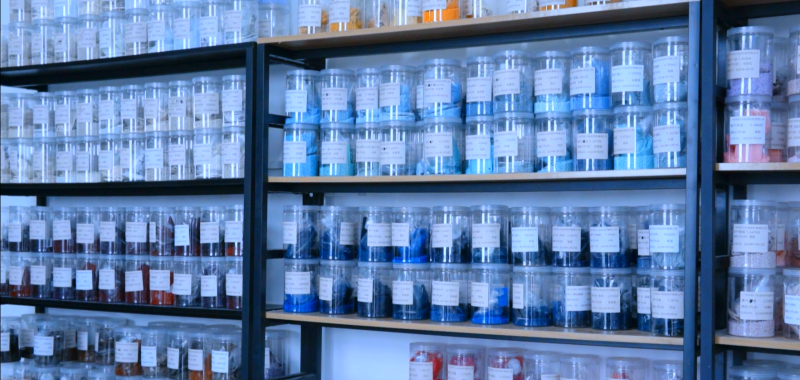
Conclusion: Delivering Reliability for Your Success
At DOME Materials, our full-chain approach—from raw inputs to customer feedback—ensures laser marking additives and color masterbatches maintain batch-to-batch consistency. This not only complies with industry norms but also supports your applications in demanding sectors. By reducing fluctuations and enhancing traceability, we help you achieve superior results. Ready to experience stable, high-quality materials? Contact us today to learn more about our laser additives and masterbatches. Stay tuned for more insights on materials innovation!

